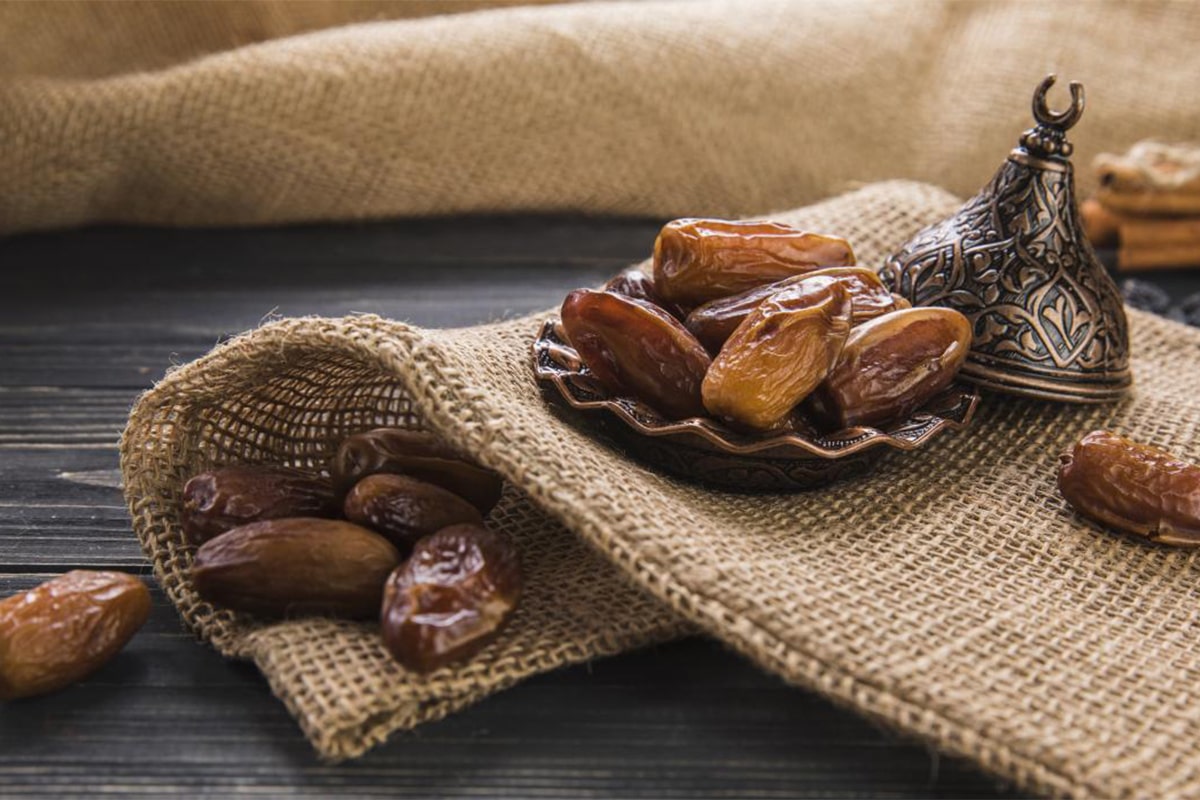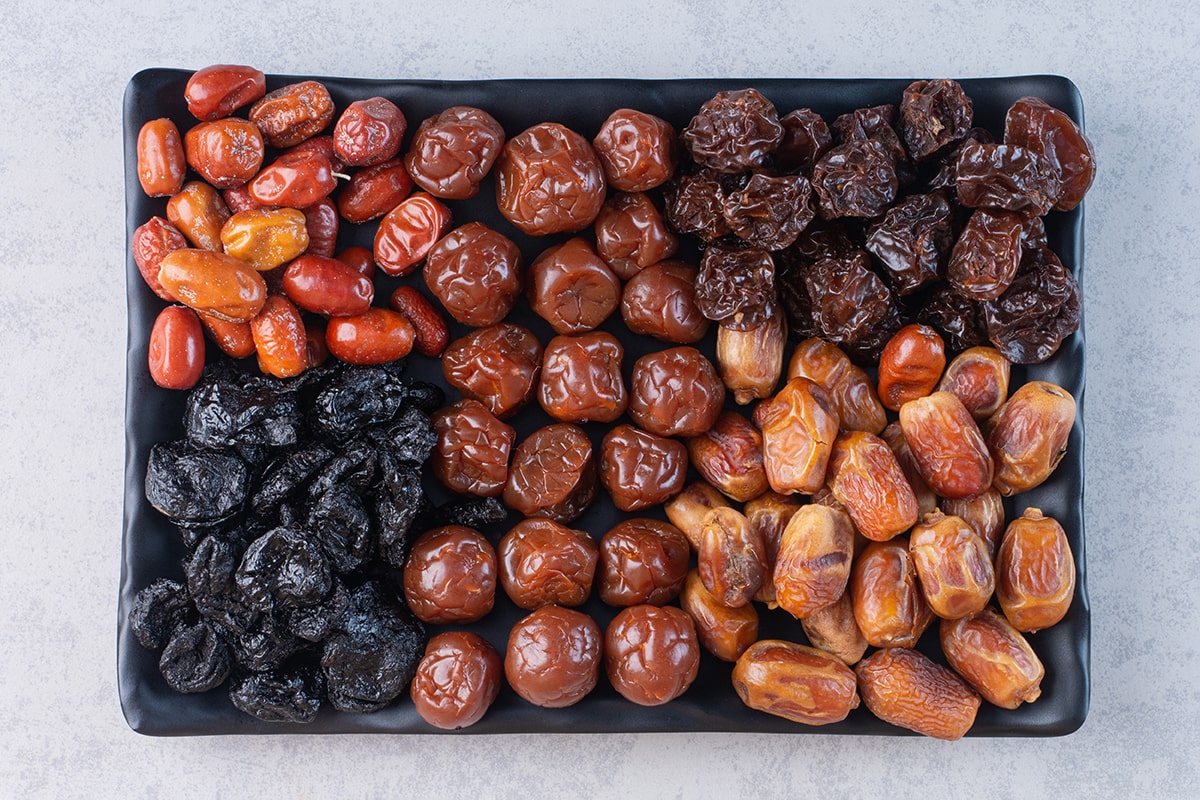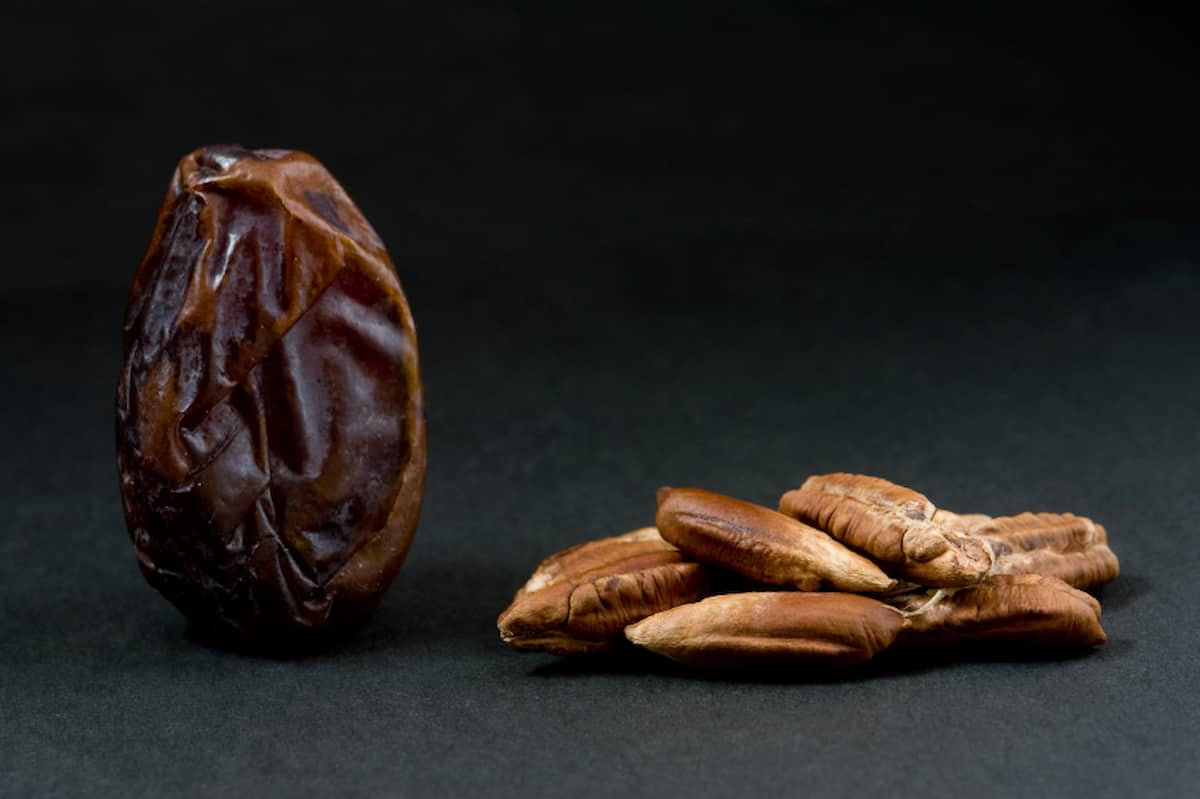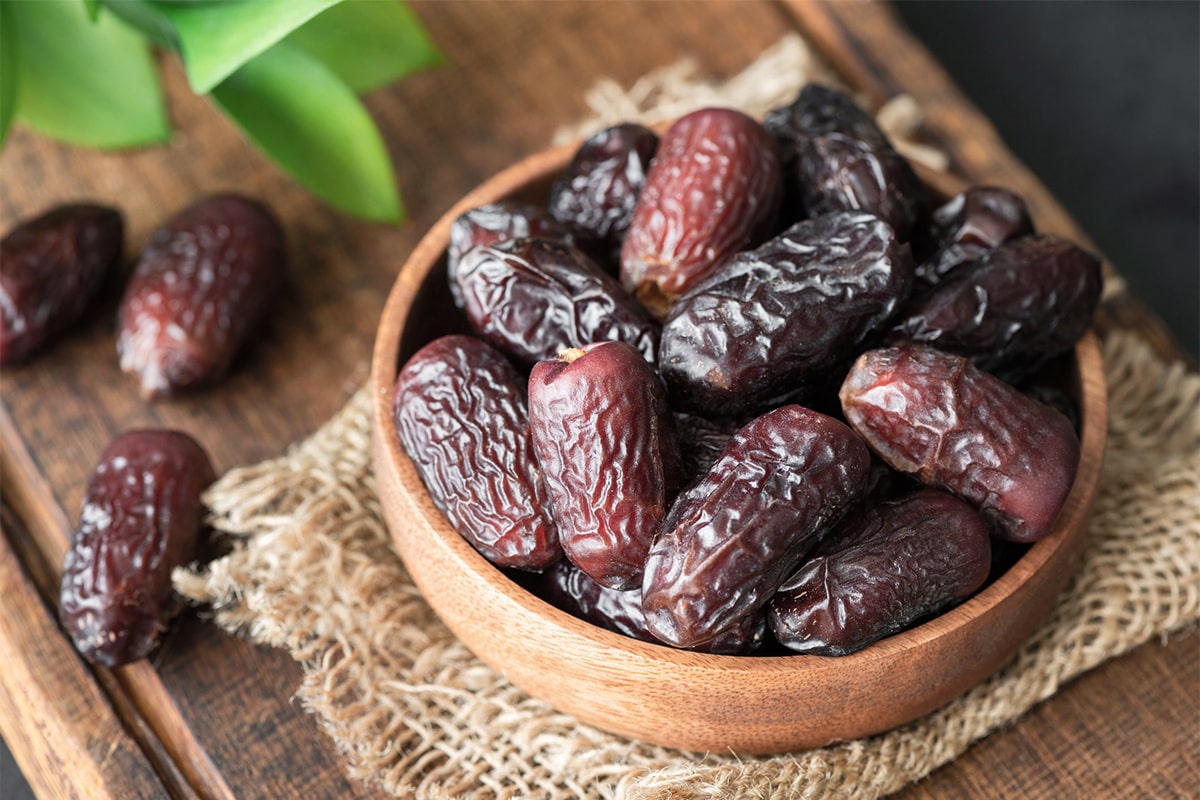Dates, often called “nature’s sweet gems,” have been cultivated and cherished for thousands of years for their delicious taste and exceptional nutritional value. Grown primarily in regions with arid climates, date farming is a fascinating and intricate process that involves various stages, from the cultivation of date palms to the delivery of these delectable fruits to our plates. In this article, we embark on a journey to explore the world of date farming, from the palm tree to the plate.
Cultivating Date Palms:
Date farming begins with the cultivation of date palm trees (Phoenix dactylifera). These majestic trees require a warm and arid climate to thrive. The process begins by selecting healthy date palm offshoots or seeds, which are then planted and nurtured in specially prepared soil.
Care and Maintenance:
Date palms require meticulous care, including regular pruning, fertilization, and protection from pests and diseases. Proper irrigation is crucial to ensure the trees receive the right amount of water in the arid climates where they typically grow.
Pollination:
Date palms are dioecious, meaning individual trees are either male or female. Female date palms produce the fruit, but they require pollination by male palms. Date farmers often introduce pollen from male palms to female palms by hand, a delicate and time-consuming process.
Fruit Development:
After successful pollination, the female date palms begin to produce clusters of dates. The fruit undergoes several stages of growth and ripening, with color changes indicating their readiness for harvest.
Harvesting:
Harvesting dates is a labor-intensive task that requires careful timing. Workers must climb the tall date palm trees to collect the ripe fruit, taking care to avoid damaging the dates or the palm itself.
Cleaning and Sorting:
Once harvested, dates are cleaned and sorted to remove any debris, damaged fruit, or foreign objects. This meticulous sorting ensures that only the finest dates are packaged for consumers.
Packaging and Distribution:
Dates are typically packaged in a variety of formats, including bulk containers, boxes, and individual portions. They are then distributed to local markets, international buyers, or processing facilities where they may be further processed into date products like date paste, date syrup, or date bars.
Consumer Enjoyment:
The journey of date farming culminates on our plates. Dates can be enjoyed as a sweet and nutritious snack, added to recipes, or incorporated into various culinary creations.
Export and International Trade:
Date farming is often a vital component of a country’s agriculture industry and international trade. Dates are exported to countries around the world, contributing to global food security and economic growth.
Sustainability and Conservation:
Sustainable date farming practices focus on conserving water, reducing waste, and minimizing the environmental impact of cultivation. Many date farms are adopting eco-friendly techniques to ensure the long-term viability of date farming.
Conclusion:
The journey of date farming, from palm to plate, is a remarkable process that combines traditional wisdom with modern agricultural techniques. Date farmers play a crucial role in providing us with these sweet and nutritious treats. As consumers, we can appreciate not only the delicious taste of dates but also the dedication and hard work that go into every step of their production. The story of date farming is a testament to the symbiotic relationship between humans and nature, resulting in a delightful and wholesome fruit enjoyed by people worldwide.




